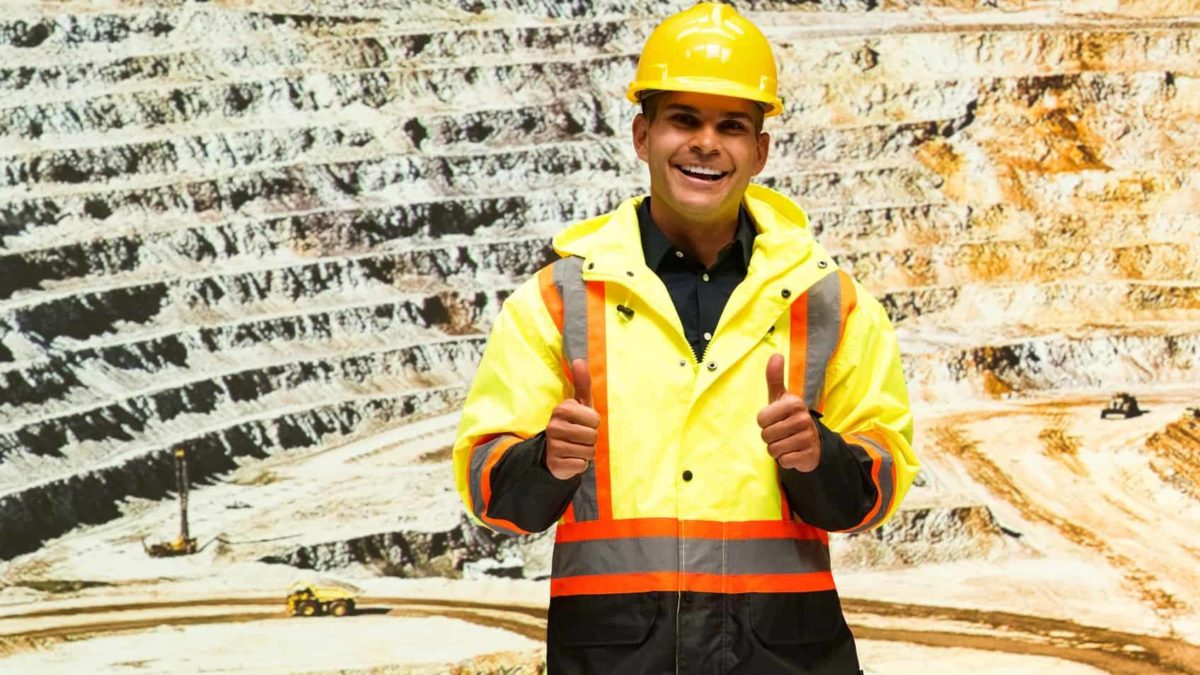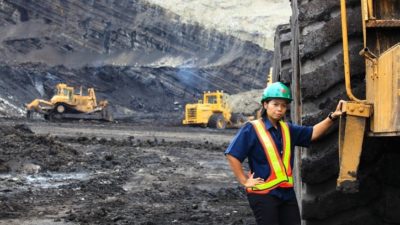The Rio Tinto Ltd (ASX: RIO) share price has gone up slightly after the ASX mining share revealed an appealing acquisition in the scandium space.
In the last few years, Rio Tinto has been looking to grow its exposure to materials that are essential for the low-carbon transition. Copper and lithium have taken the headlines, but now it's expanding with a different commodity.
At the time of writing, the Rio Tinto share price is trading at $112.18,
Rio Tinto acquires Platina scandium project
The ASX mining share has spent $14 million to buy the Platina scandium project, based in New South Wales, from Platina Resources Limited (ASX: PGM).
The project is located near Condobolin in central New South Wales, which is a "long life, high-grade scalable resource that could produce up to 40 tonnes per annum of scandium oxide, for an estimated period of 30 years."
This isn't a complete new commodity for Rio Tinto – it currently produces scandium oxide from titanium dioxide production waste streams at Sorel-Tracy in Quebec. But, once the Platina project is operational, it would enable the business to more than double its annual scandium production.
What's so good about scandium?
Rio Tinto explained that scandium is a "rare, versatile and use mineral" which is important for the 'green' economy and the energy transition. Countries like the US, Canada and Australia believe it's a critical mineral.
Scandium is very effective at strengthening aluminium, while also improving "flexibility and resistance to heat and corrosion." It is used in applications like aerospace, automotive, heat exchangers, sporting goods, 3D printing and energy transmission applications.
The mineral can also be used to improve the performance of solid oxide fuel cells which are used as a "green power source for buildings, medical facilities and data processing centres, as well as in niche products such as lasers and lighting."
Rio Tinto pointed out that with its aluminium businesses, it's "well-positioned to produce more high-performance aluminium-scandium alloys to meet global customers' needs."
Executive comments
Rio Tinto's minerals CEO Sinead Kaufman said:
This acquisition supports our commitment to critical minerals and finding better ways to provide materials the world needs.
It will enable us to further develop and grow with the global scandium market, complementing our existing scandium production in Quebec, where we have the expertise, technology and capacity to produce pure, highly reliable scandium through sustainable methods.
Foolish takeaway
While this is an exciting development for Rio Tinto, it may not be surprising that the Rio Tinto share price hasn't moved much considering it's a $14 million acquisition by an ASX mining share worth many billions of dollars.









